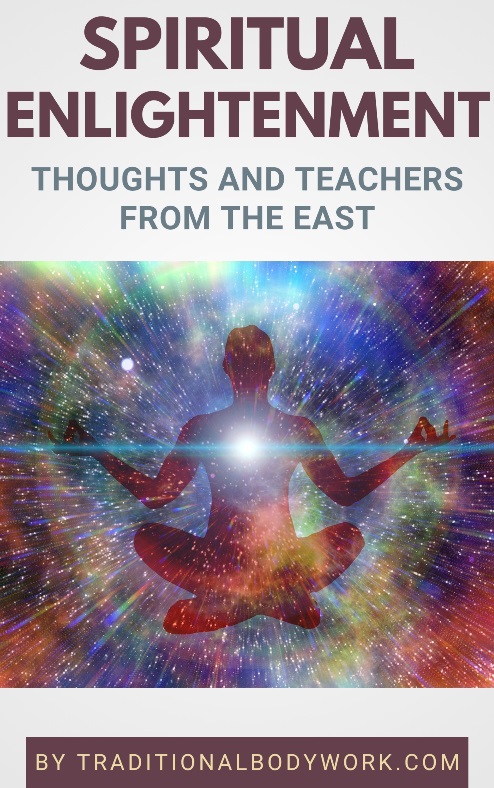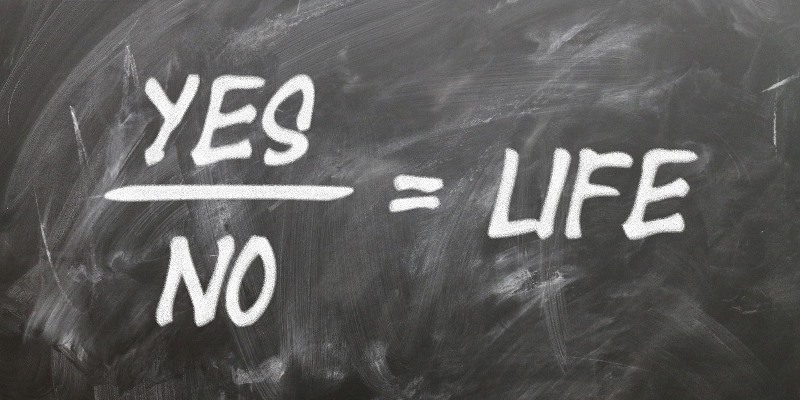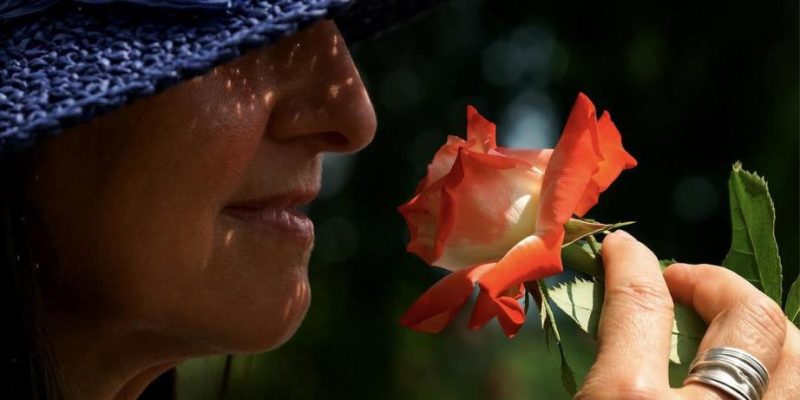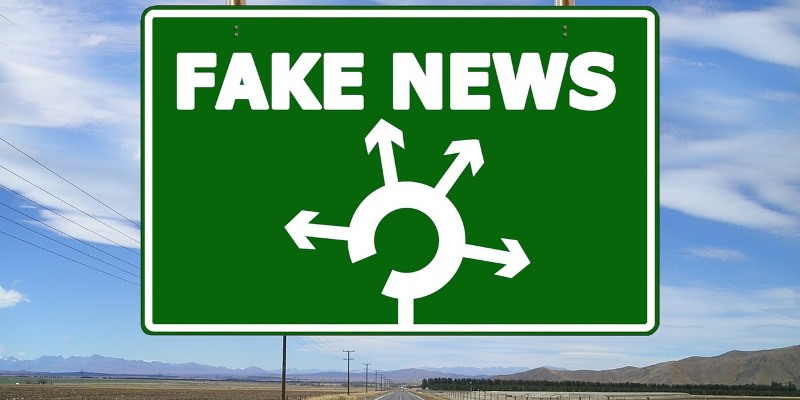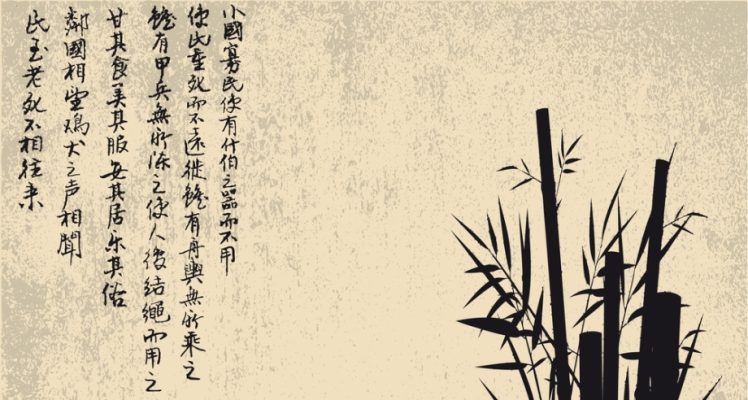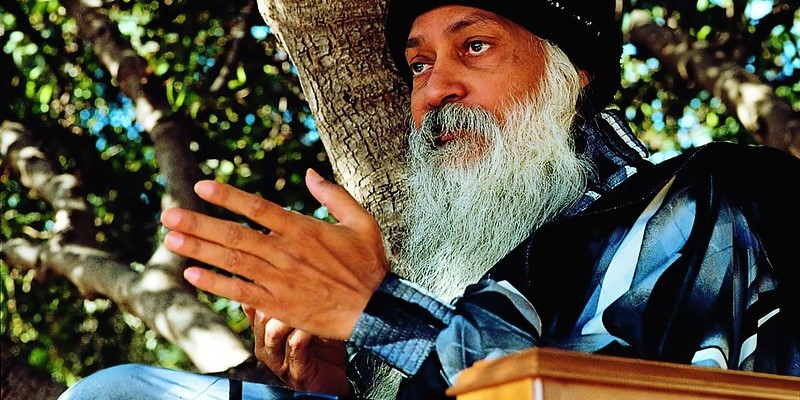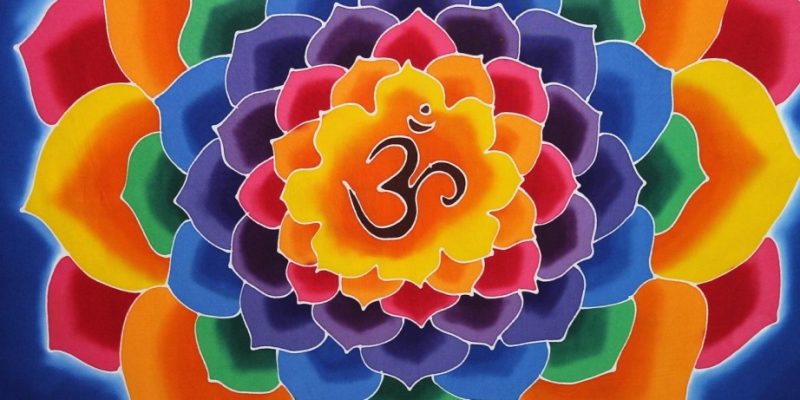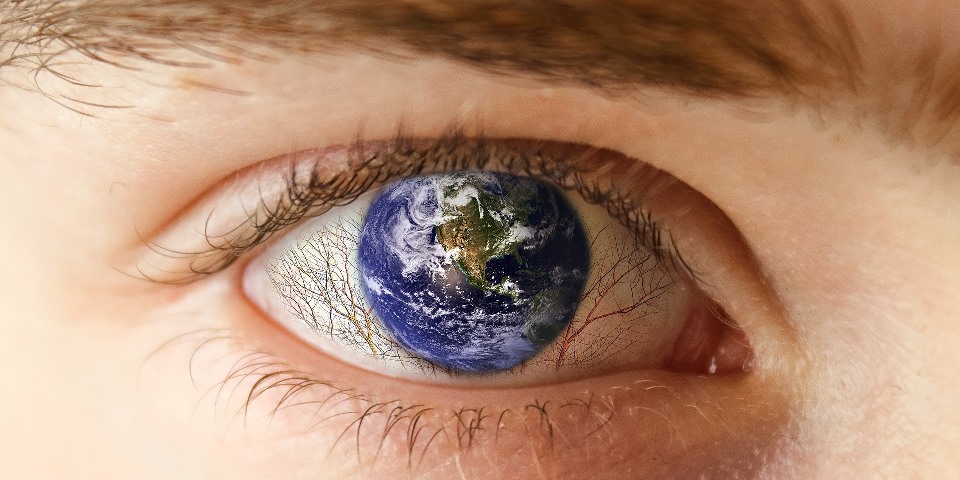
One of U.G. Krishnamurti’s typical answers about how he experienced his “being” was: “I don’t know what I am looking at. I really don’t know. What I know is in the background; and that is brought into operation in response to the demands of the situation. The background plays its part and then it is gone.”
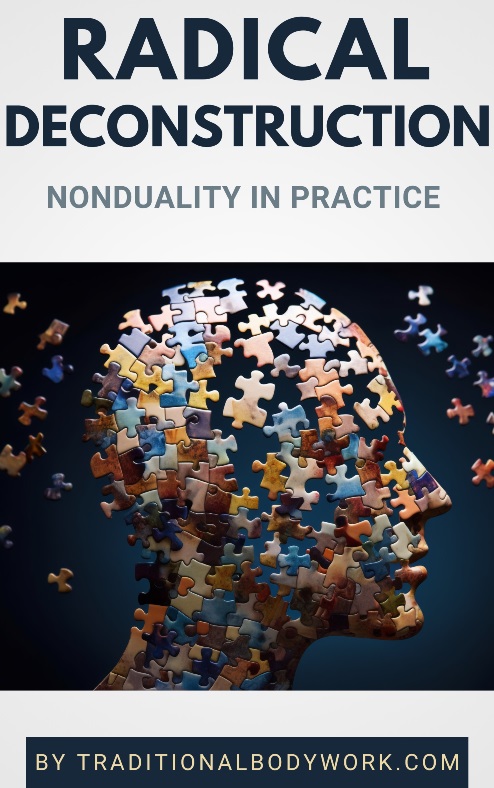
U.G.’s statement sounds perhaps somewhat bizarre, but actually, when we’re really able to look at something — a bird, a tree, the clouds, a mountain, another human being, or any other phenomenon — without the knowledge we’ve acquired about it, then factually, we don’t have any clue what we’re looking at.
That also implies that when our knowledge comes into play while observing something, we only think we know what we’re looking at, but we don’t really. When our thoughts and emotions accompany our observation, we look with the always partial, deficient knowledge we and the whole of mankind have acquired and accumulated. And this entails there’s never any “absolute truth” in what we see, or in what we experience, so to speak.
Truly and deeply seeing this, that is, understanding the universal validity of it, liberates us from our “background stories.” It throws us back in our childlike-state, our unspoiled grounds. It frees us of from what we’ve learned from our parents, our family, our environment, from all of humanity. It liberates us from the way we look at things, the way we should look at things.
Understanding the world and ourselves — reality as it is — means “seeing without knowing.” That’s not something mysterious, mystical, or magical. It should be taken quite literally. Moreover, not to know what you’re looking at doesn’t have “something else behind it,” nothing will suddenly “pop-up” from behind the curtains, because there’s nothing to know and thus nothing to show.
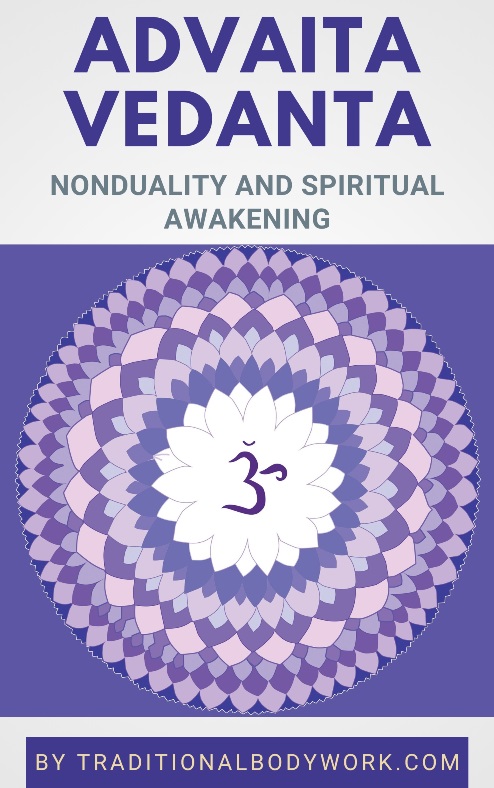
To “stay there in not-knowing” is our “natural base state,” our essential being-there. It’s not something which can, or even needs to be forced. It is there spontaneously when it’s beyond any doubt understood that we really “don’t know what we’re looking at,” and will never know. That’s liberation, self-knowledge, self-realization.
It’s there when we clearly see that whatever comes to the surface as thought, feeling, or image, is only our memory that comes into play. It’s there when we realize that memory only has as its purpose to help us act practically and sanely in the world, to help us in physical survival, in continuity, but also — that it ends there.
The impact of “knowing that you don’t know” is like a silent nuclear implosion. It’s a smooth inner chain reaction set in motion, which automatically, almost mechanically and without any further effort on our side, slowly but inevitably “burns away” our attachments to whatever knowledge and concepts remain — even our sense of being.


